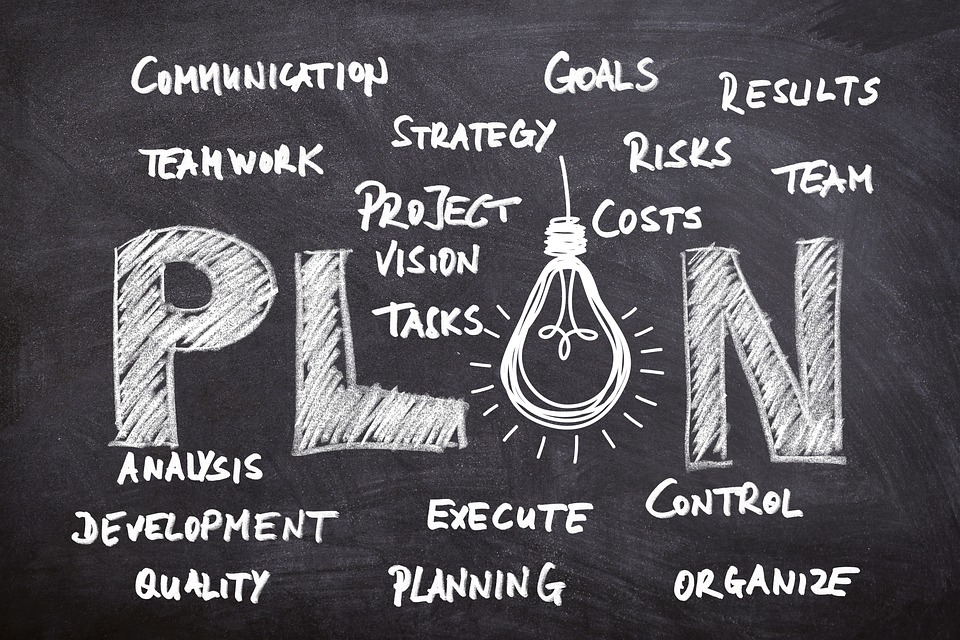
As the year draws to a close, many business leaders are deep in planning for the year ahead. Crafting strategic goals is an essential part of leadership, but the true challenge lies in bridging the gap between planning and execution. Without a clear roadmap, even the most brilliant plans can falter. This guide provides actionable steps to ensure your strategies seamlessly transition into results, setting your business up for success in 2025.
1. Start with Clear and Attainable Objectives
Planning often begins with ambitious ideas, but success hinges on setting objectives that are both realistic and specific. Broad goals like “increase revenue” or “improve customer experience” must be refined into actionable targets.
Key steps to clarify objectives:
- Break down broad goals: For instance, instead of “increase revenue,” aim for “grow Q1 sales by 10% through targeted marketing campaigns.”
- Set priorities: Rank objectives by importance to focus resources on the initiatives with the highest impact.
- Communicate clearly: Ensure all stakeholders understand what success looks like and why these goals matter.
2. Build a Detailed Action Plan
An effective action plan connects long-term goals with short-term tasks. It acts as a roadmap that guides your team through each phase of execution.
Elements of a strong action plan:
- Task assignments: Clearly define who is responsible for each component of the plan.
- Timelines: Set deadlines for milestones to maintain momentum.
- Resource allocation: Identify the tools, budgets, or additional personnel needed for success.
A tool like a project management platform (e.g., Asana, Monday.com) can help track progress and ensure accountability.
3. Align Resources to Support Goals
Execution often falters when there’s a disconnect between goals and the resources available. Evaluate whether your business has the financial, human, and technological assets needed to achieve its objectives.
Tips for resource alignment:
- Evaluate budgets: Ensure funding is aligned with priority goals, and adjust as needed to address gaps.
- Leverage technology: Invest in tools that can streamline processes, like CRM platforms or data analytics software.
- Upskill your team: Offer training to equip employees with the skills they need to execute effectively.
4. Foster Communication and Collaboration
A well-executed plan relies on strong communication and collaboration across teams. Without these elements, silos can form, causing delays and misalignment.
Strategies to improve collaboration:
- Regular check-ins: Schedule weekly or biweekly progress meetings to review milestones and address challenges.
- Cross-department alignment: Encourage collaboration between departments, ensuring efforts are complementary rather than duplicative.
- Transparent reporting: Use dashboards to give all team members visibility into progress and performance metrics.
5. Monitor and Adapt in Real-Time
Even the best-laid plans need flexibility. Market conditions, customer demands, and other external factors can change quickly, requiring businesses to adapt.
How to stay agile:
- Track KPIs: Regularly monitor key performance indicators to ensure progress stays on track.
- Be open to feedback: Encourage team members to share insights or suggest adjustments to improve execution.
- Iterate when necessary: Don’t be afraid to pivot if an approach isn’t delivering results.
6. Celebrate Wins and Learn from Shortfalls
Acknowledging progress keeps teams motivated and fosters a culture of achievement. At the same time, analyzing shortfalls provides valuable lessons to refine future strategies.
Ways to celebrate and learn:
- Recognize contributions: Highlight individual and team accomplishments in meetings or internal communications.
- Conduct a post-mortem: Review projects to identify what worked well and what can be improved.
- Document learnings: Create a knowledge base of successful practices to inform future planning efforts.
From Planning to Execution and Beyond
Bridging the gap between planning and execution requires a blend of strategic vision, resource alignment, and actionable steps. By setting clear objectives, fostering collaboration, and staying agile, your business can move seamlessly from planning to performance.
As you prepare for 2025, focus not just on what you aim to achieve but on how you’ll make it happen. With the right strategies in place, you’ll not only meet your goals—you’ll set the stage for sustained success in the years to come.
